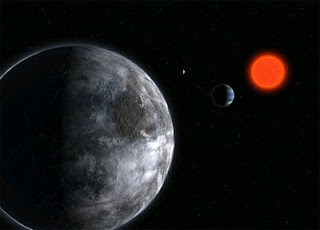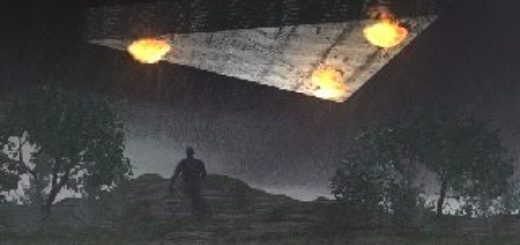Exoplanets May Have Lost Their Chances To Host Life

Scientists have discovered that planets orbiting near low-mass stars are the most common stars in the universe. These worlds have become the primary targets in the search for alien life. However, a new research led by the University of Washington’s astronomy graduate theorizes that some of these planets may have lost their chances to host life because of too much heat throughout the course of their formative years.
Also called M dwarfs, the low-mass stars are considered habitable because they have enough space that would allow liquid water to the surface of orbiting planet. They are much less luminous and smaller than the sun. The big possibility in the presence of water, giving life a chance in the so-called M dwarfs.
It is much easier for astronomers to find planets near their host stars than their siblings farther out. However, in a paper that will be published in the journal Astrobiology, author Rodrigo Luger and co-author Rory Barnes have opened up the possibility that some planets near to low-mass stars likely had their atmospheres and water burned away when they were still in the process of developing.
Doctoral student Luger said that the collapse of interstellar gas’ giant cloud, which releases light as it shrinks, created all stars. He explained that lower masses of the stars mean lower gravities, and, therefore, M dwarfs take longer to collapse fully.
Planets formed around these stars within ten million years. This could mean that the planets are already around when the stars are still very bright. This scenario is deemed not well for habitability because these planets could get the surface temperatures in excess of a thousand degrees. When all of these things are possible, then oceans boil, and the atmosphere becomes steam.
Another thing that Luger and UW research assistant professor Barnes pointed out is the fact that M dwarf stars emit a lot of ultraviolet light and X-ray, which cause thousands of degrees of heat in the upper atmosphere. Gas would expand very quickly and leave the planet towards space.
According to the authors Luger and Barnes, ultraviolet radiation can split up water into hydrogen and oxygen atoms. Heavier oxygen atoms would stay in these worlds while the lighter ones would escape the atmosphere very easily. Similar to Earth, some oxygen may be suitable for life, but too much could destroy the origin of life.
Luger said they have chosen “Mirage Earths” as the working title of their paper because exoplanets could look a lot like Earth from a distance, but in reality they are a mirage, no water at all.



 Creators of mankind
Creators of mankind Description of “Tall white aliens”
Description of “Tall white aliens” Where they came from?
Where they came from? About hostile civilizations
About hostile civilizations The war for the Earth
The war for the Earth “Tall white aliens” about eternal life
“Tall white aliens” about eternal life Video: “Nordic aliens”
Video: “Nordic aliens” Aliens
Aliens Alien encounters
Alien encounters The aliens base
The aliens base UFO
UFO Technology UFO
Technology UFO Underground civilization
Underground civilization Ancient alien artifacts
Ancient alien artifacts Military and UFO
Military and UFO Mysteries and hypotheses
Mysteries and hypotheses Scientific facts
Scientific facts


















